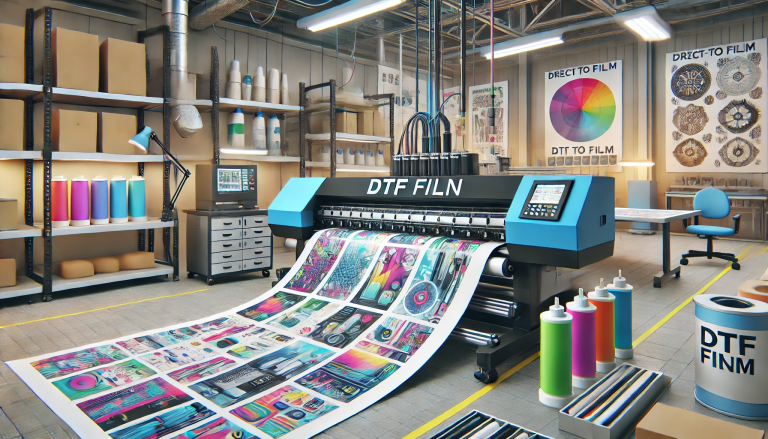“Mastering the Art of UV DTF Printing: A Comprehensive Guide on How to Use UV DTF Powder” -MAXDTF- UV DTF PET Paper Manufacturer, China Direct Transfer UV DTF Film, Made in China
In the world of print and design, technological advancements are ushering in a new era of creativity and efficiency. UV DTF (Direct to Film) is a cutting-edge technique that has captured the industry’s attention for its ease of use and exceptional output quality. Central to this process is the use of UV DTF powder. In today’s blog, we delve into the intricacies of using this product, exploring its benefits and providing a step-by-step guide on how to use UV DTF powder.
What is UV DTF Printing?
Before we embark on the how-to guide, let’s quickly establish what UV DTF printing is. Direct to Film (DTF) printing is a technique that involves printing designs onto a film that can then be transferred to a multitude of surfaces, including textiles, metal, and ceramics. The UV variant involves curing the printed image under ultraviolet light, creating a durable, vibrant, and high-resolution print that is resistant to wear and tear.
The Role of UV DTF Powder
UV DTF powder plays a crucial role in the DTF process. The powder acts as an adhesive that bonds the printed image to the final substrate during the heat transfer process. Using UV DTF powder creates a more robust bond, ensuring your print won’t crack, peel, or fade over time.
How to Use UV DTF Powder: A Step-by-Step Guide
Step 1: Prepare Your Design and Print
Using a DTF printer, print your design onto DTF film with UV ink. Ensure that your design is in mirror-image format so that it appears correctly once transferred.
Step 2: Apply UV DTF Powder
Once the design is printed, quickly apply the UV DTF powder while the ink is still wet. The powder should cover the entire printed area. Do this over a powder tray to catch any excess powder. Then, gently shake off the surplus powder, ensuring only the area with the design has powder on it.
Step 3: Cure Under UV Light
Move the powdered film to a UV light source for curing. This process will cause the UV DTF powder to melt and bond with the UV ink, creating a textured, slightly tacky surface. This stage is crucial as it locks the design into the film, making it ready for transfer.
Step 4: Heat Press Transfer
Place the film on your substrate (t-shirt, mug, etc.) with the design facing down. Then, use a heat press machine to apply heat and pressure to the film. This causes the melted UV DTF powder to bond with the substrate, transferring the design in the process.
Step 5: Cool and Peel
Once you’ve applied sufficient heat, remove the substrate from the press and allow it to cool. After cooling, gently peel off the film, revealing your transferred design.
The Benefits of Using UV DTF Powder
Using UV DTF powder for your printing projects offers several advantages. The process allows for high-resolution, full-color designs that are durable and long-lasting. The versatility of UV DTF printing means that you can transfer designs onto a wide range of substrates, making it perfect for custom products.
Furthermore, the UV curing process ensures the vibrancy of your prints and their resistance to wear and tear. UV DTF powder enhances the adhesion between the ink and substrate, providing prints that withstand multiple washes and everyday use.
In conclusion, mastering the use of UV DTF powder can take your DTF printing to the next level. It provides vibrant, durable, and versatile prints, expanding the creative and commercial possibilities of your projects. Always remember to handle the UV DTF powder and UV light with care, following all safety guidelines to ensure a successful and safe printing process.



